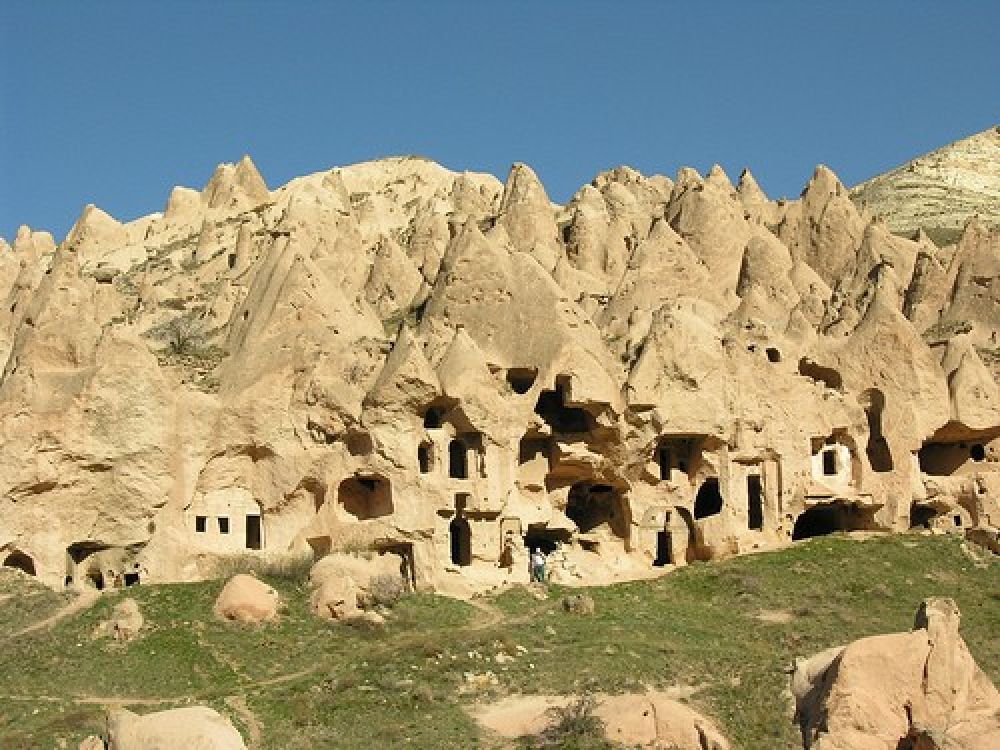

Cappadocia, with its enchanting geological formations known as "fairy chimneys," has been a fascinating travel destination for centuries. The Zelve Open-Air Museum is one of the region's most significant and historic locations, representing the epitome of the area's long-standing human settlement and religious history.
The history of Zelve dates back to the 9th century, when religious retreats carved into the soft volcanic rock became home to monks. It later became a monastic complex and over time, a large village hosting a thriving community. Zelve's cave dwellings and churches were inhabited until 1952 when erosion and the risk of collapse led to the evacuation of the village.
After its abandonment, Zelve began to draw curiosity and interest from both local and international tourists. Recognizing the cultural and historical importance of the site, the Turkish government designated Zelve as an open-air museum in the 1960s. This paved the way for structured tourism, where pathways and signs were established to guide visitors through its captivating canyons and remarkable cave structures.
Throughout the 1970s and 1980s, as global travel became more accessible, Cappadocia – and Zelve by extension – welcomed an increasing number of tourists. With the UNESCO World Heritage Site designation of the Goreme National Park and the Rock Sites of Cappadocia, which includes the Zelve Valley, in 1985, the region's popularity soared.
In recent years, Cappadocia, and in turn the Zelve Open-Air Museum, has become well-known for its hot-air balloon rides, providing breathtaking aerial views of the landscape. Sustainable tourism has also become a trend, with local businesses focusing on preserving the natural and historical heritage of the area. Additionally, the rise of social media has turned the "fairy chimney" formations and the cave dwellings into iconic images, further boosting interest in the region.
Today, visitors to the Zelve Open-Air Museum can explore three valleys filled with a complex network of dwellings, religious sites, and a tunnel linking the valleys. The site boasts several churches, including the Üzümlü Church and Balıklı Church, featuring remarkable frescoes and intricate carvings.
Facilities for tourists have greatly improved over time, with interpretive centers, rest areas, and guided tours available for a richer visitor experience. Moreover, the local government has put considerable effort into ensuring that tourist activities do not compromise the integrity of the priceless historical and cultural resource that the Zelve Open-Air Museum represents.
As tourism continues to evolve, there is a strong focus on ensuring that Zelve and the wider region of Cappadocia develop in a way that is sustainable and respectful to its natural environment and historical essence. Efforts are constantly being made to preserve the delicate balance between welcoming tourists and maintaining the site for future generations.
The Zelve Open-Air Museum remains a testament to the remarkable history and culture of Cappadocia, offering an unmatched window into the past and an exceptional adventure for modern-day explorers.